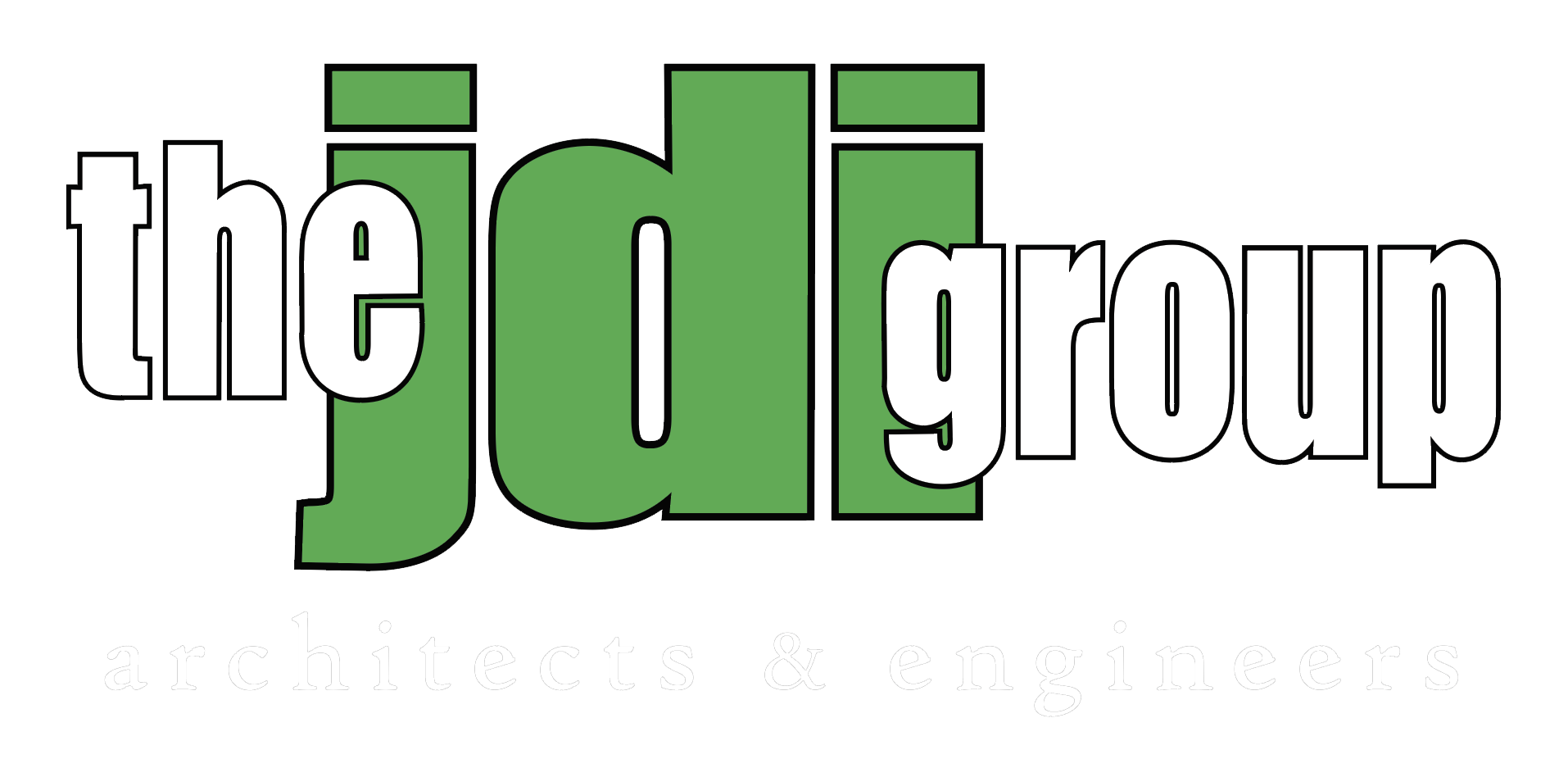Maintaining current and accurate records – PFDs, P&IDs, one-line electrical diagrams, piping drawings, general arrangements, and other related documents – is critical for manufacturers for several reasons:
Safety
Outdated documents can lead to unsafe work conditions, especially during maintenance, troubleshooting, or modifications.
Regulatory Compliance
Accurate records are often required to meet OSHA, PSM, EPA, NFPA, and other regulatory standards.
Operational Efficiency
Up-to-date drawings help plant personnel understand how systems function, reducing downtime during repairs or upgrades.
Risk Management
In emergencies, current diagrams are essential for fast, informed decisions to prevent environmental release, equipment damage, or injury.
Planning and Expansion
Accurate documentation is foundational for any future facility upgrades, system expansions, or process changes.
Cost Savings
Prevents costly rework or duplication of effort during design, construction, or maintenance.

Conduct Field Verification
Visit the site to validate existing systems, trace piping, wiring, and equipment layouts.
Create or Update Documents
Develop accurate as-built, PFDs, P&IDs, and one-lines based on field data and best practices.
Identify Gaps & Risks
Flag inconsistencies or unsafe conditions that could result from outdated information.
Support Modifications
Provide stamped design documents for any upgrades, ensuring changes are fully integrated into updated records.
Facilitate Compliance
Ensure that all drawings meet industry standards and support regulatory inspections or audits.
Identify Ways to Increase Efficiency and Decrease Waste
Streamlining processes, optimizing resource use, and uncovering cost-saving opportunities that reduce downtime and material waste.
Improve Reliability
Recommend improvements based on observed conditions and missing documentation, contributing to a more maintainable, efficient facility.



